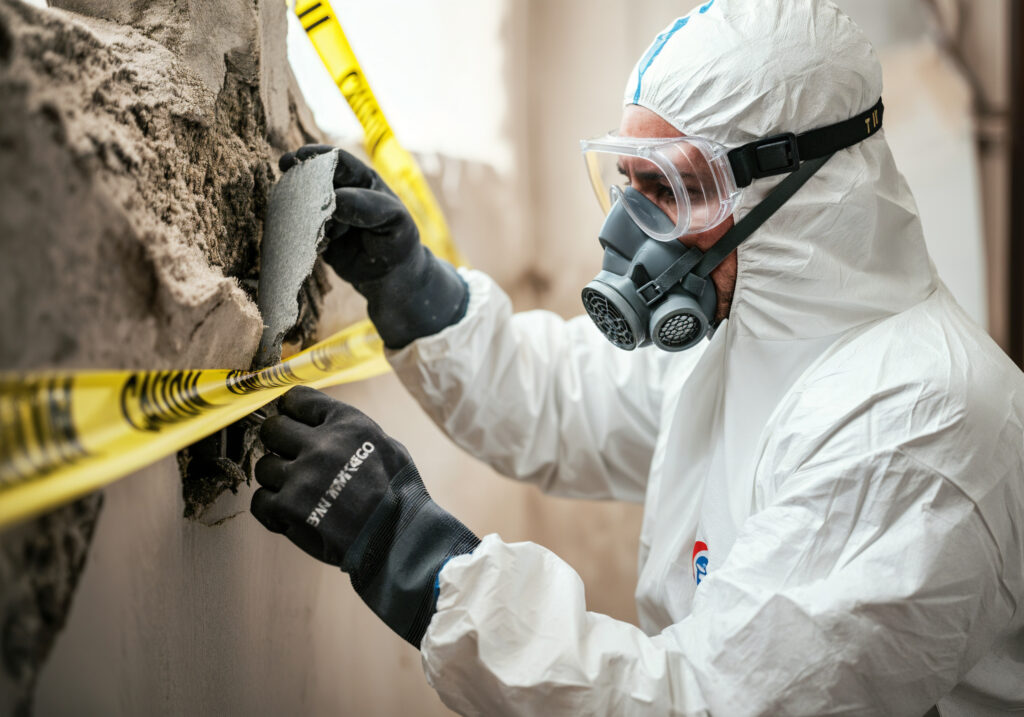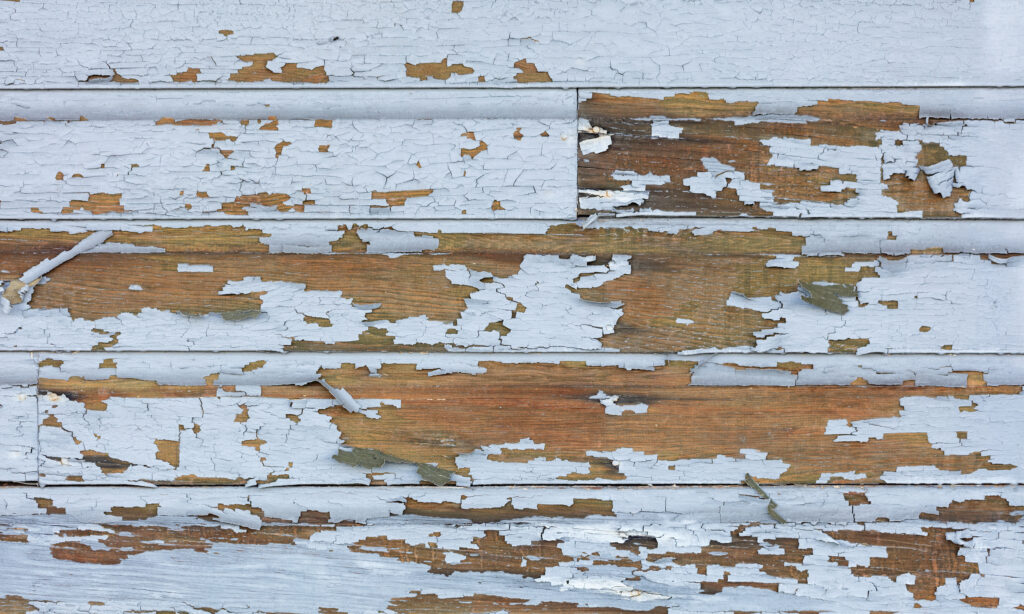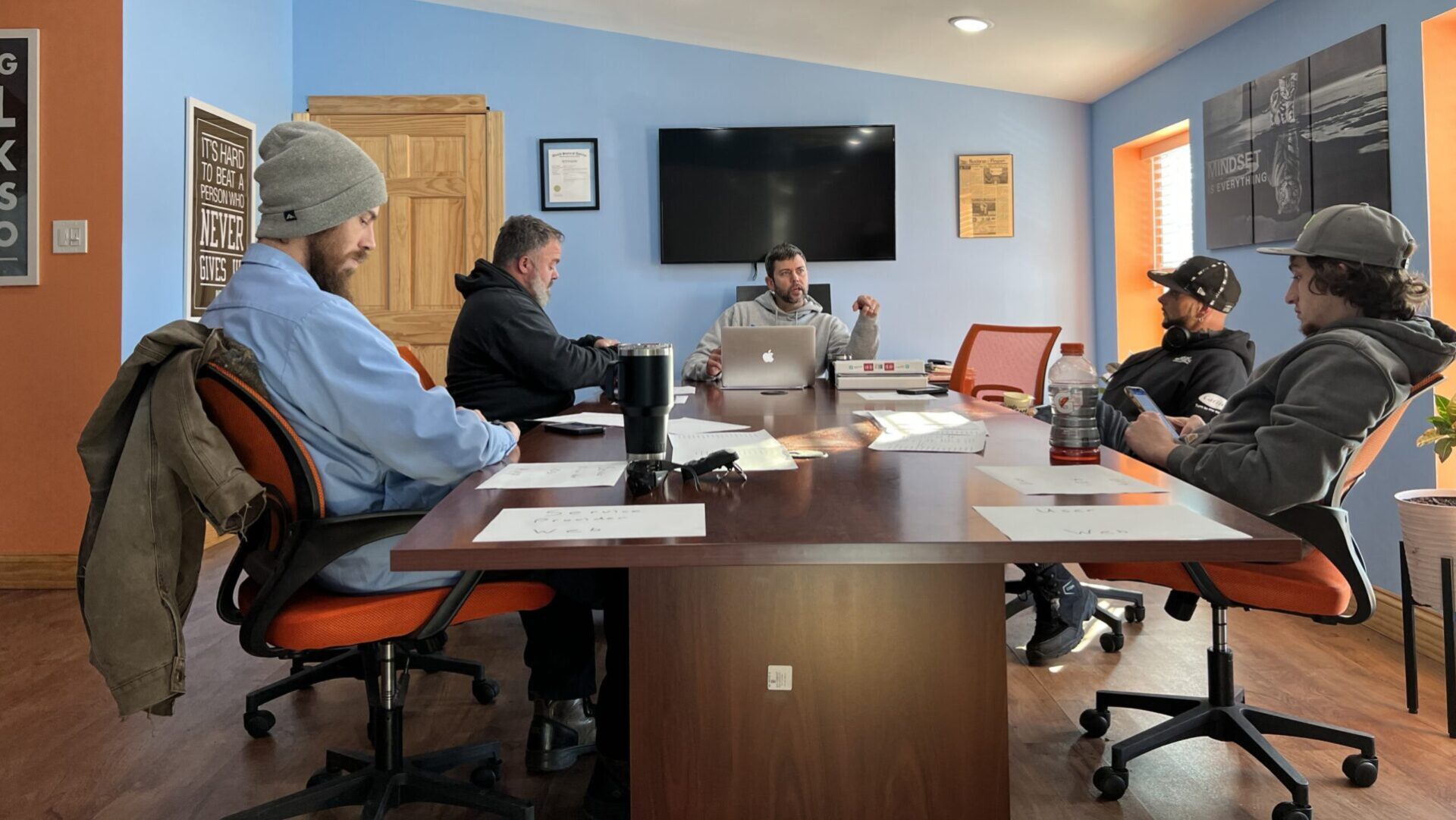
When it comes to renovating older homes, there’s more to worry about than just outdated wallpaper and creaky floors. If your home was built before the 1980s, there’s a good chance it may contain lead paint or asbestos—two silent, hidden health hazards that many homeowners don’t even realize they’re living with.
At Wynnow, we believe that beautiful renovations start with safe renovations. In this blog, we’ll break down why lead paint and asbestos are a serious concern, how to recognize the signs, and what you should do if you suspect these materials are present in your home.
Why Lead Paint and Asbestos Are Dangerous
🧪 Lead Paint
Commonly used in homes before 1978, lead-based paint can be extremely harmful—especially to children and pregnant women. When it starts to peel, chip, or turn into dust, lead particles can be inhaled or ingested, leading to:
- Developmental delays in children
- Learning difficulties
- Nervous system damage
- High blood pressure and kidney damage in adults
🧱 Asbestos
Asbestos was used in a variety of building materials, such as insulation, floor tiles, ceiling tiles, and pipe coverings. It becomes dangerous when it’s disturbed, releasing microscopic fibers into the air that can cause:
- Lung scarring
- Mesothelioma
- Asbestosis
- Lung cancer
Both substances are invisible threats—you can’t see or smell them, which is why professional assessment and handling are critical.
Is Your Home at Risk?

If your home was built before:
- 1978: It may have lead-based paint.
- 1980: It may contain asbestos in insulation, drywall, ceiling textures (like popcorn ceilings), and flooring.
Here are a few warning signs:
- Peeling or chalky paint on walls or windowsills.
- Crumbling ceiling tiles or pipe insulation.
- Renovation work that kicks up unexplained dust.
- Flooring that seems unusually brittle or layered.
If you’re unsure, don’t guess—test.
What Should You Do If You Suspect Lead Paint or Asbestos?
1. Don’t Disturb It
Trying to scrape, sand, or remove materials yourself can release dangerous particles into the air.
2. Get a Professional Inspection
Licensed inspectors can test for lead and asbestos safely and accurately. At Wynnow, we work with trusted environmental partners to ensure your home is evaluated properly before any renovation work begins.
3. Plan for Safe Removal or Containment
If hazardous materials are found, you don’t have to panic. Options include:
- Encapsulation: Sealing the material so it can’t release particles.
- Abatement: Safe removal by certified professionals following strict safety protocols.
Why Hire Wynnow?
At Wynnow, we don’t just renovate—we restore peace of mind. Our team is trained to identify potential hazards in older homes and coordinate safe, compliant remediation so your project can move forward without health risks or legal headaches.
Whether you’re remodeling a bathroom, finishing a basement, or updating your whole house, our renovation and maintenance services are designed with your family’s safety in mind.

Renovating an older home can be a dream—but hidden hazards like lead and asbestos can quickly turn it into a nightmare. The good news? With the right team on your side, you can protect your home and your health while bringing your vision to life.
Got an older home and wondering what’s behind the walls? Contact Wynnow today for a consultation. Let’s build something beautiful—safely. Also be sure to check us out on Facebook, Instagram, and X for more helpful information!

